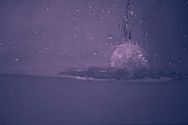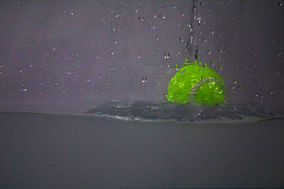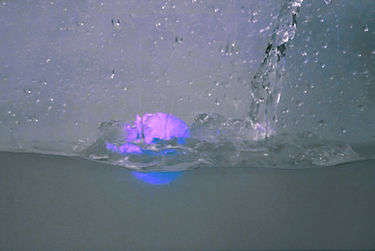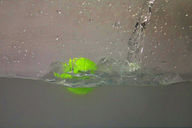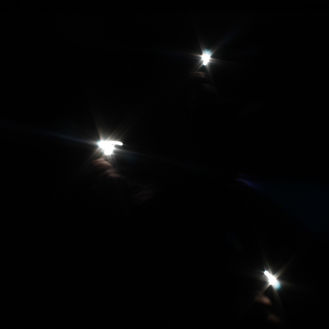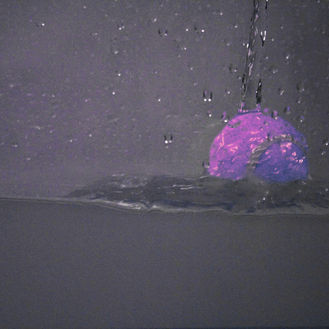PERSONAL INVESTIGATION

Manual Camera
This project was a diverse experience of experimenting with fast and slow shutter speeds, capturing subjects in mid air, blurred, in multiple places at once. In terms of slow shutter I primarily experimented with light painting, using torches and bright & vibrant colours; in terms of fast shutter, was used various subjects and dropped them in water, capturing them mid-fall and mid-splash for a dynamic image.
Artists:
Martin Klimas,
Shinichi Maruyama,
Ori Gersht,
Tim Tadder.
Immaterials,
Denis Smith,
Michael Bosanko,
Alexey Titarenko
Focus:
Composition,
Exposure Triangle
Development:
Adobe Photoshop


Fast Shutter
Slow Shutter
Fast Shutter Research




Slow Shutter Research




The Exposure Triangle
Shutter Speed:
A variable option within the camera that dictates the displayed motion in an image, following a fast shutter speed will capture the image with no motion blur or unintentional out-of-focus content; whereas a slow shutter speed will display a large level of motion blur and unintelligible imagery. This is caused due to the speed of the camera’s lens shutter opening then closing at different speeds, slower shutter speeds allow for the lens to be exposed to more light (hence a high-exposure) and vice versa for fast shutter speeds.
Aperture:
Aperture is controlled by the f-stop option within the manual settings of the camera, it controls the diameter of the camera’s viewpoint. Using a high aperture will increase the diameter of the camera’s shutter and allow for more total light to enter the lens, creating for a largely focused image (often used for broad landscape photography), whereas a low aperture narrows the focus and keeps it minimal (often for more macro-style photography).
ISO:
ISO within the camera (doubling in numerical measurement of 200-400-800, etc.) controls the overall sensitivity of the lens and how it reacts to the light. It is significantly easier to take pictures at night with a high ISO due to the low levels of light, while daytime pictures are easier with a low ISO due to the abundance of light. However, increasing the ISO will develop noise within the final image, a small grainy effect which can usually be easily removed in post but is unpleasant in raw, less noise is present with a higher ISO.
With all of these elements put together within the manual camera, it forms the exposure triangle, interdependent features which are all equally valuable and rely on each other to create a successful photograph.



